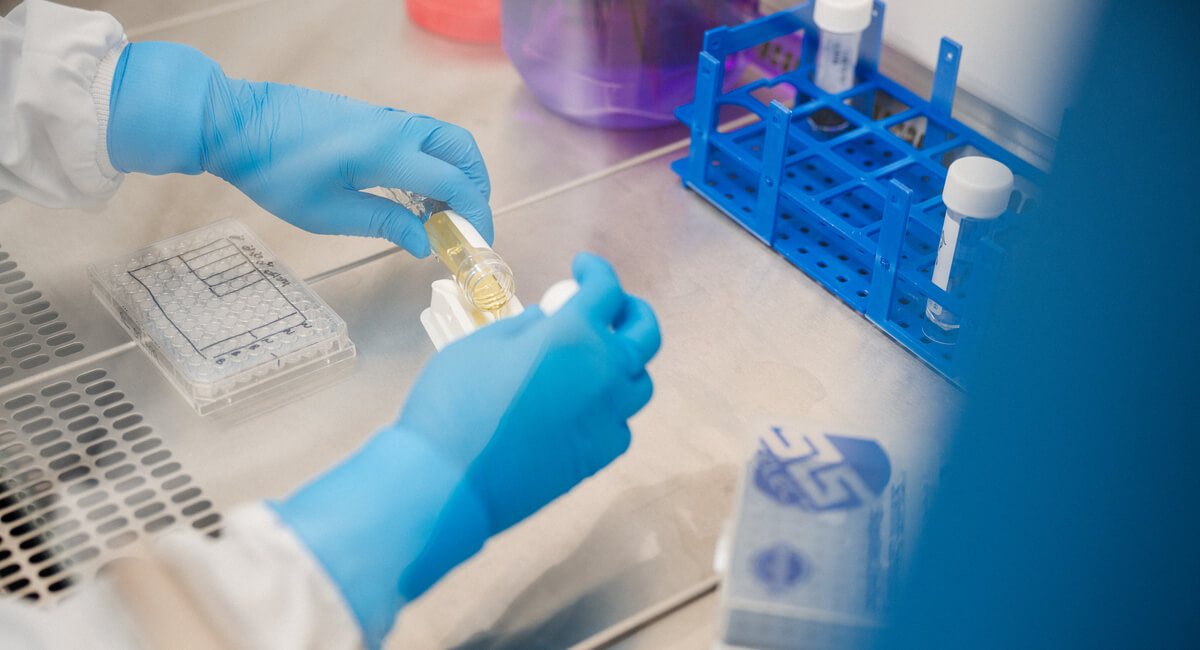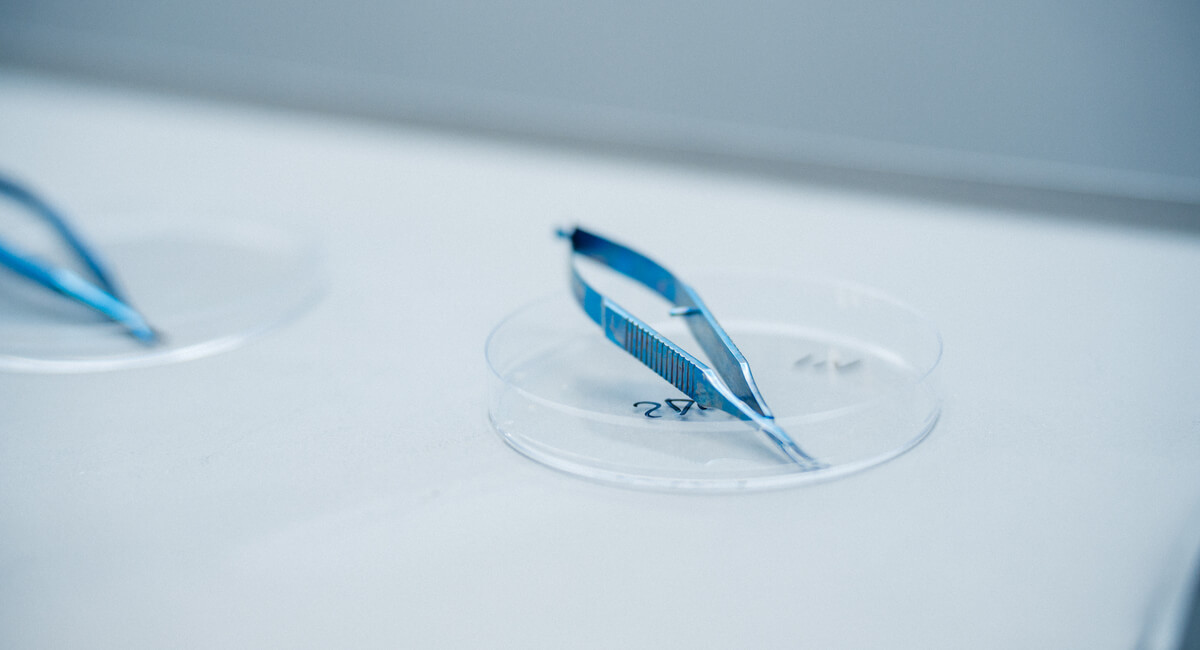ISO 10993-12: Sample Preparation for Biocompatibility Testing
Article Summary
ISO 10993-12:2021 is a critical but often overlooked standard that defines how medical devices must be prepared and extracted before biocompatibility testing. Proper sample preparation ensures accurate, clinically relevant results and prevents regulatory setbacks caused by false positives, missed risks, or inadequate documentation.Article Contents
Why is ISO 10993-12 Important?
The ISO 10993 series set out the expected standards for medical devices that generally, come into direct contact with the patient. There are currently 23 parts to the standard that describe elements of testing depending on the characteristics of the medical device. ISO 10993-12:2021 defines standardised practices for sample preparation and the use of reference materials in biological testing.
In the development and regulatory approval of medical devices, biocompatibility testing serves as a fundamental tool to ensure patient safety. Testing endpoints such as cytotoxicity, sensitisation, and systemic toxicity are often in focus. However, the validity of these tests heavily depends on one key factor: how the device is prepared for evaluation.
ISO 10993-12:2021 establishes a standardised methodology for sample extraction and preparation, which directly influences the accuracy and interpretability of the test results. The objective is to ensure that biological test results are:
- Clinically relevant (reflective of real-life use).
- Scientifically sound.
- Acceptable for regulatory review.
Proper sample preparation ensures that the biological test systems are exposed to potential leachables and extractables under conditions that reflect the device’s intended use and worst-case scenarios. Any deviation or inconsistency in sample preparation can compromise the integrity of the results, potentially leading to incomplete risk assessments, test failures, or regulatory delays.
It’s also important to note that ISO 10993-12 must be applied in the context of other ISO 10993 parts, depending on the biological endpoint under evaluation. Each biological assay system (e.g., for irritation, hemocompatibility, or implantation studies) has specific requirements and test sensitivities. Therefore, understanding how ISO 10993-12 integrates with these individual parts is essential for a comprehensive and accurate biological evaluation.

What Does ISO 10993-12 Actually State?
ISO 10993-12 outlines critical procedures that directly impact the quality and reliability of test results. It provides guidance on how to:
- Select and prepare representative test samples that reflect the final, finished device.
- Determine appropriate extraction conditions, including surface area-to-volume ratios for solid devices or mass-based extraction for irregular components.
- Choose clinically relevant solvents, temperatures, and extraction durations to simulate worst-case yet realistic exposure conditions.
- Incorporate suitable positive and negative controls, as well as standardised reference materials, to ensure reproducibility and comparability across tests and laboratories.
The absence of a consistent, standardised approach to sample preparation can cause misleading results, either by overestimating the presence of harmful substances or by underreporting potential risks. ISO 10993-12 helps mitigate these risks by ensuring that test conditions closely mimic real-world clinical exposure, while also promoting reproducibility across different test sites.
Even when a medical device is manufactured using well-established, biocompatible materials, the way it is prepared and extracted for testing can significantly influence the outcome of biological evaluations.
How Can Poor Sample Preparation Distort Test Results?
Improper sample preparation can either mask potential risks or artificially create issues that wouldn’t occur under actual clinical use. For example:
- Failure to sterilise the device prior to testing may leave behind residual manufacturing agents (e.g., detergents, processing aids), potentially leading to false-positive cytotoxicity results.
- Under-extraction, where insufficient surface area is exposed to the extraction medium, may result in undetected leachables, thereby missing substances that could pose a safety concern.
- Overly aggressive extraction conditions (such as elevated temperatures, prolonged durations, or use of harsh solvents not representative of real exposure) can lead to false-positive results, suggesting a level of risk that does not accurately reflect clinical use.
These errors can result in:
- Costly re-testing.
- Regulatory delays.
- Incomplete or inconclusive risk assessments.
- Increased post-market safety concerns.
By following the guidance provided in ISO 10993-12, manufacturers can avoid these issues. The standard offers scientifically validated, reproducible procedures for sample preparation, helping ensure that test conditions accurately simulate real-world exposure scenarios. This, in turn, leads to more meaningful and reliable test outcomes that support robust risk assessments and informed regulatory decisions.

What Are the Regulatory Expectations?
Regulatory environment demands a high level of transparency, traceability, and scientific rigor in biocompatibility evaluations. Regulatory authorities, including the FDA, EMA, and national competent authorities, are placing increasing emphasis on the validity of sample preparation as part of the overall biological safety strategy.
Several recurring issues have been flagged during regulatory reviews:
- Biocompatibility testing conducted on non-final or non-sterilised devices, which does not reflect the version intended for clinical use.
- Inappropriate extraction parameters (e.g., incorrect solvent selection, excessive or insufficient extraction durations) that misrepresent actual patient exposure.
- Lack of appropriate control materials (positive, negative, or reference), undermines the reliability of the test system.
- Incomplete documentation of how the samples were prepared, which compromises the traceability and repeatability of results.
Applying ISO 10993-12:2021 rigorously and transparently helps mitigate these risks. Adherence to the standard not only strengthens the scientific credibility of the biocompatibility data but also:
- Enhances the quality of regulatory submissions.
- Reduces the likelihood of follow-up questions or rejections.
- Demonstrates a manufacturer’s commitment to product safety and regulatory compliance.
In an environment where regulators are increasingly focused on risk-based approaches and justifications, well-documented, standardised sample preparation is essential.
Why Does ISO 10993-12 Strengthen Risk Assessment?
ISO 10993-12:2021 is a foundational element of credible, scientifically valid biocompatibility testing. Accurate sample preparation ensures that biological test results reflect the true nature of the medical device’s interaction with the body, improving the relevance of data used for risk assessment and regulatory decision-making.
For medical device manufacturers, proper implementation of ISO 10993-12 offers significant benefits:
- Accelerated regulatory approvals through higher-quality data submissions.
- Reduced testing costs by avoiding invalid or repeat tests.
- Enhanced patient safety and confidence in device performance.
As global regulatory expectations continue to rise, especially around data integrity and risk-based evaluations, a thorough understanding and consistent application of ISO 10993-12 is a critical component of a successful product development and compliance strategy.
Get It Done, With Certainty.
Contact us about your testing requirements, we aim to respond the same day.
Get resources & industry updates direct to your inbox
We’ll email you 1-2 times a week at the maximum and never share your information


